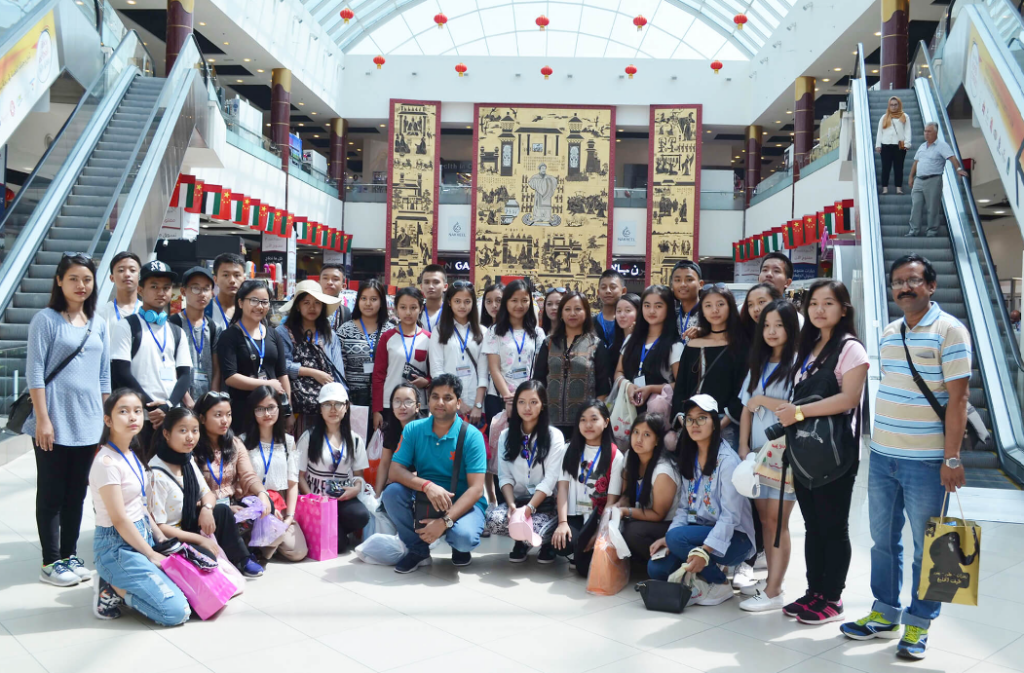In today’s time, how far is it fair for parents to go in search of a basic, good education for their child? Does it justify spending an enormous amount of money? Recently, this old, pertinent debate resurfaced with a tweet on social media platform X.

Charging 4.27 LPA Fees For Grade 1 Is Any Parent’s Horror
In a post that’s gone viral now, Jaipur-based entrepreneur Rishabh Jain posted about the exorbitant fees charged by an international school they were considering for their daughter. However, the school, one of the best in the city, left the parents astounded by demanding a sum of 4.27 lakh rupees per annum just for Grade 1. Yes, that much amount just for the first-level of her primary education.
The tweet sparked much debate. Some users agreed with him, admitting that affording basic essentials is becoming increasingly difficult especially for the middle-class. Many also vented anger about the unjustifiable corporatisation of education with the primary and sole aim of minting more money. Others accused him of exaggerating figures, and over – emphasising the lack of quality school that don’t extort huge amounts of money. However, one common point netizens agreed on was that today, providing a fairly-priced, well-rounded education to your child has turned into a luxury.
Profits Over Parents’ Anguish
It’s beyond any doubt that education is increasingly becoming more commercialised than can be defended. While hefty fees for senior school education still makes for some debate, that charged by play schools and for pre-primary levels of nursery and kindergarten will fairly enrage any parent. Hiking fees is done for a number of reasons, which are more times illegitimate than not. Reaping the benefits of massive profit margins is an already infamous motivation for them, but there’s more to the picture.
One reason is to establish themselves as exclusive bastions of world-class education, carrying a mighty status symbol that only few and the ‘worthy’ ones should be able to afford. Peddling class-divide and stoking the whole ‘self-esteem and prestige’ discourse are ways to attract the wealthier lot.
Camps To International Trip – Expenses Don’t Just End

Also, it’s not just about making through their so-called hallowed doors – what falls upon the parents on the daily after getting admission mounts their worries. Uniforms, for one, sometimes involve brand partnerships and thus, cost way more than required for a school dress. Expensive domestic and international trips, various kinds of educational and extra-curricular courses and camps, extravagant school functions with awe-inspiring presentations, and add-on sports or creative activities for the ‘well-rounded development of a child’ burn a hole in the parents’ pockets. Canteens can include popular brands serving highly-priced basic food options. Also, these are expenses that must be made – either because they are not optional or it reflects badly on the child and his family. It even guilts the parents of not doing their part well, slyly forcing them to sign up for them.
But Does It Justify What The Child Gets – Mostly, No

Schools chalk up an expansive fee structure on the promise of a uniquely-designed education that will set their child apart. However, one much more discovers that the quality of teachers, their teaching pedagogies, efficiency of the syllabus crafted and the learning modules for students, and the soundness of curricular and co-curricular activities isn’t very impressive and irreplaceable. More often than not, the parents end up throwing money on ‘elite’ infrastructure and services that are not core requirements in any school and contribute meaningfully to a child’s holistic growth.
The Blame Falls A Bit On Everyone

Any parent would aim for arranging the best facilities and options for their child. But the present education infrastructure is based on exploiting their such emotions for making gains. The fact that government schools in every Indian state don’t provide proper basic education also leaves them somewhat helpless. But parents need to realise the sinister ploy at work; they can also resist giving in to the entire ‘status symbol’ call that such schools make. True, it’s difficult to find good options that are justifiably priced, but one can ensure that even if much money should be spent, it goes on things that actually add value to the child’s talent, skills, and personality. This is also one way to tackle the menace of expensive educational institutions. The government, for one, can also improve the state of its schools and enforce certain rules and regulations upon the private ones to keep them under check.
Redressing this disappointing situation needs everyone’s contribution.

















